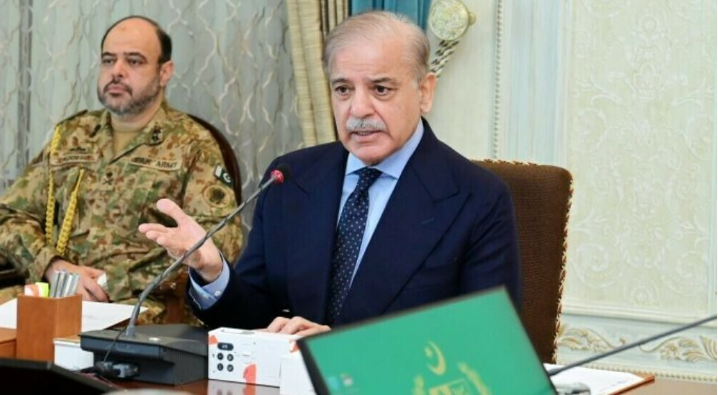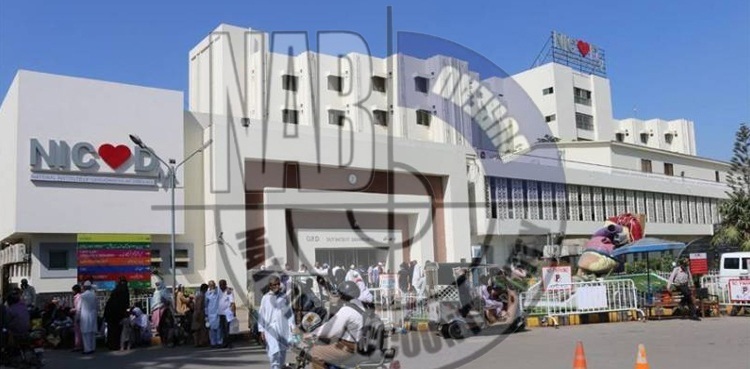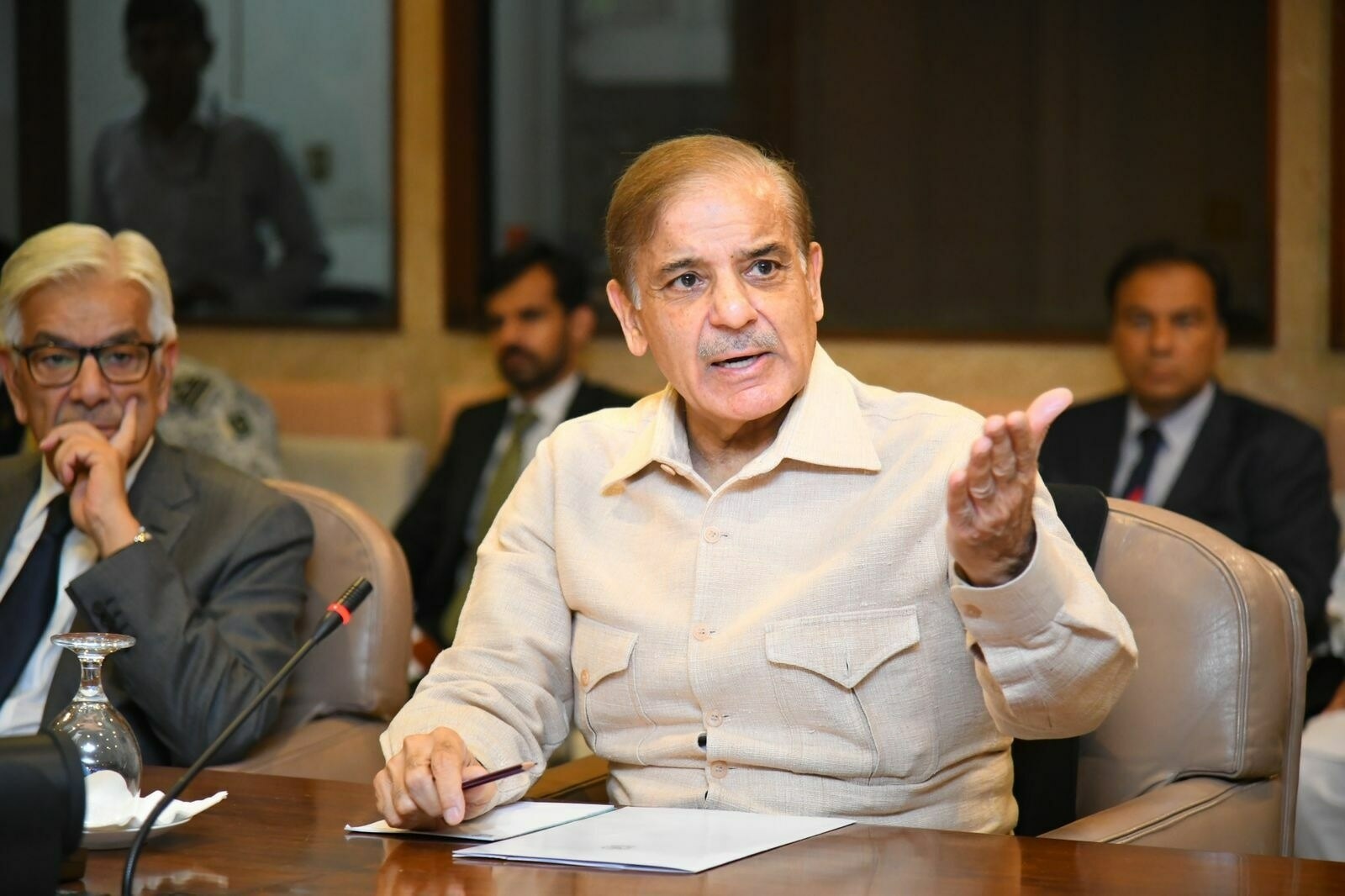PTBP Web Desk
Prime Minister Shehbaz Sharif on Friday reiterated his commitment to industrial development as the key to long-term prosperity. Speaking at the first-ever review meeting of the Private Sector Committee on National Industrial Development, Sharif argued that a strong and modernized industrial sector must serve as the bedrock for the country’s economic future.
Flanked by senior figures—including Ahsan Iqbal, Jam Kamal Khan, and Ahad Khan Cheema—alongside leading industrialists, the prime minister laid out a bold vision: reviving industrial activity through regulatory reform, streamlined bureaucracy, and by attracting foreign investment. “Sustainable economic growth, rising incomes, and job creation are inextricably linked to industrial development,” he declared, calling it “non-negotiable” for Pakistan’s future.
Sharif made it clear that the government views industrialization not just as a policy preference, but as the foundational engine for Pakistan’s economic revival. In his view, the private sector, particularly industrial players, has already played a vital role in steering the country through economic crises—and must now be central to shaping its future industrial strategy.
The government plans to focus on the following priorities:
- Regulatory reform: Simplifying regulations and cutting bureaucratic red tape.
- Foreign investment: Making Pakistan a more attractive destination for global industrial capital.
- Infrastructure modernization: Upgrading outdated industrial infrastructure.
- Efficiency and competitiveness: Streamlining industrial processes to boost productivity and match regional peers.
Sharif instructed that the proposals tabled in the meeting be integrated into Pakistan’s broader national economic policy. He called for a thorough review to ensure that the ideas are not only adopted but implemented in a timely and effective way.
The meeting featured a series of concrete proposals from industrialists focused on modernizing infrastructure, reducing waste in production, and improving competitiveness. Sharif welcomed these ideas heartily, emphasizing that the government and private sector must work in tandem to translate them into long-term policy.
Industrial leaders at the gathering echoed his sentiment, underlining the need for policy consistency, transparent regulations, and long-term clarity. They argued that without sustained government resolve, industrial revival would remain an elusive goal.
Sharif’s renewed commitment comes amid real and significant headwinds. While signs of an industrial recovery have emerged, structural challenges persist.
- According to the State Bank of Pakistan (SBP), industrial growth rebounded to 5.3% in FY 2024–25, after contracting in previous years.
- Yet, Pakistan’s large-scale manufacturing (LSM) remains fragile. It saw a drop of 0.74% in FY 2025, as reported by multiple sources, citing high energy costs and policy inconsistency.
- Meanwhile, private investment in manufacturing has plunged—one report estimates a 46% drop over six years, sparking fears of long-term industrial decline.
- Plans for a medium-term industrial policy are underway, targeting to increase manufacturing’s share in GDP from 18% to 26% by 2035—a level last seen in the mid-1990s.
These challenges are compounded by structural constraints: a lack of innovation, energy constraints, low productivity, and outdated technology. The Annual Plan 2024–25 highlights these weaknesses, noting that despite manufacturing contributing around 11.9% to GDP, the sector suffers from limited diversification and high costs of doing business.
Nevertheless, the government seems aware of these risks. By emphasizing regulatory reform, collaboration with the private sector, and a clear policy roadmap, Sharif is trying to set a foundation where industrial capacity can grow sustainably.
As a result of Friday’s meeting, the following steps are expected:
- The proposals made by industrialists will be woven into the national industrial policy.
- A working group may be formed to oversee the implementation of regulatory reforms.
- The government will explore incentives for foreign investors—potentially tax breaks, ease-of-entry, or regulatory guarantees.
- Progress on infrastructure modernization projects will be fast-tracked.
- Regular monitoring — through tools like the PMI — will ensure that the government keeps its finger on the pulse of industrial activity.
Industrial development is not just about factories or production lines—it is a critical pathway for job creation, higher incomes, and long-term economic resilience. In a country like Pakistan, where macroeconomic instability, fiscal pressures, and external vulnerabilities persist, a revived industrial base could provide the stability that the broader economy desperately needs.
By placing industrialization at the heart of its economic blueprint, Sharif’s government is signaling that it wants to build more than short-term fixes. It aims for a transformation—one that could reshape Pakistan’s economic trajectory for decades to come.




